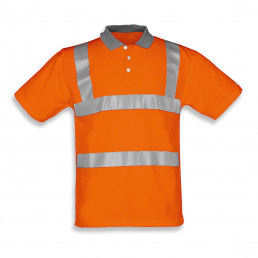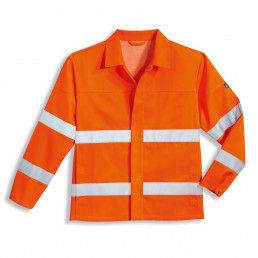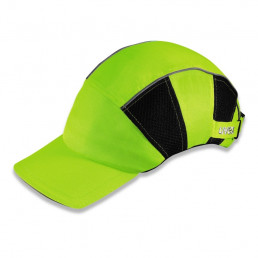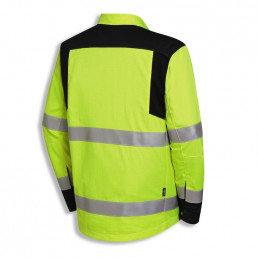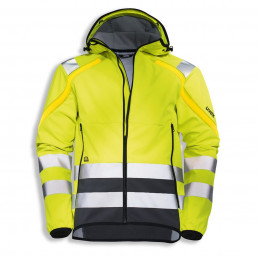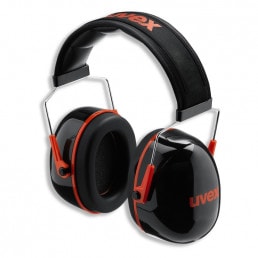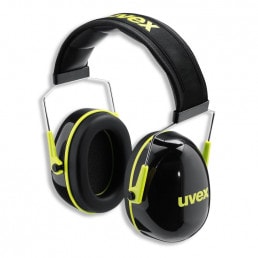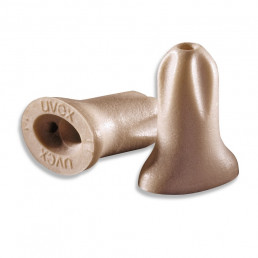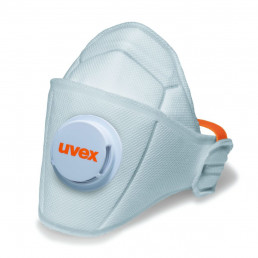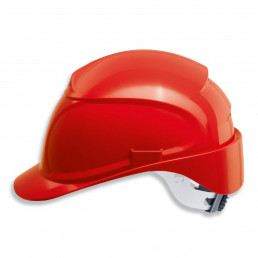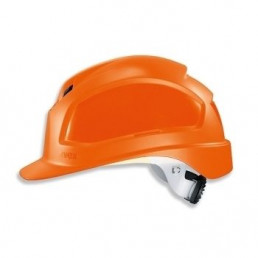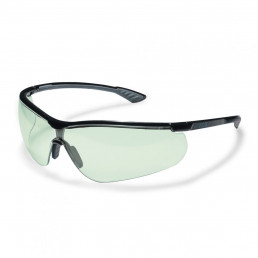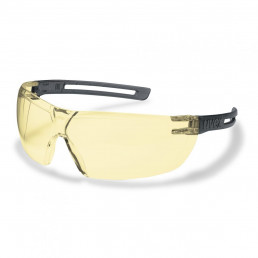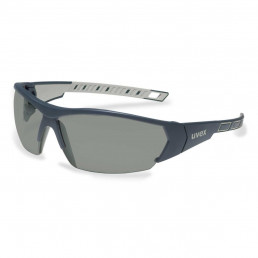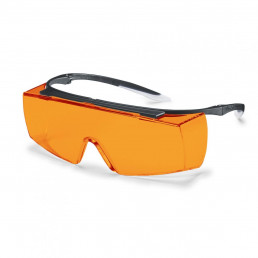Blue, green, yellow, red, white and orange. These are just a few of the colours in which personal protection equipment (PPE) is available. But have you ever asked yourself if this is purely a question of design, or whether there is more to it? Colours are not just decoration! They affect our daily lives far more than we might think.
In this, the first of three blogs devoted to the subject of “colours”, we deal primarily with the issue of the roles played by colours in PPE. In our forthcoming blogs we also examine the legal provisions and the psychological and fashion aspects of colour. We’re sure you must be very excited!
Avoiding errors and foreign objects
The food processing industry gives us a very simple example of the relevance of colour in PPE: very often, hearing protection and safety gloves are worn in production processes, where there is a danger that the PPE itself could actually end up in the products as a foreign object. In order to avoid missing any contaminating elements, the PPE used in food processing is mostly coloured pale blue – since there are no naturally blue foodstuffs, so that alien elements can quickly be visually picked out and removed.
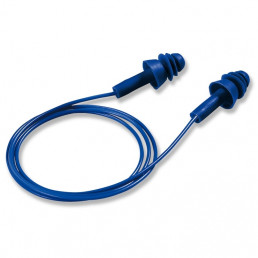
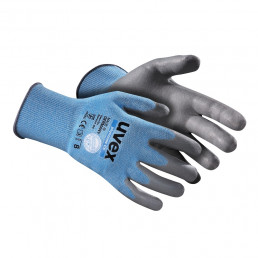
Signal colours with a signal effect
While blue has a signal function in the food processing industry, in other areas, “classic” signal colours are deployed: especially for roadworks or on building sites, where large vehicles and machinery are in operation, there is a considerable danger that workers could be not seen at dusk or when it is dark. Here, bright, conspicuous protective clothing is particularly important and colours like red, yellow and orange are worn for better visibility.
People working on railway lines and tracks also need to be easily visible. Jackets, trousers and helmets in signal colours are often worn in addition to high visibility vests. Reflectors on jackets and helmets further assist machine operators, lorry and train drivers to detect site workers.

Simple identification of function and purpose
The array of available multi-coloured products on offer for various levels of protection for different employees and workplaces can easily confuse PPE buyers. Some PPE manufacturers are trying to simplify procurement and application by means of colour coding. uvex is also applying its own colour systems for numerous products as an aid to customers and end-users. For example, our protective eyewear is organised according to area of application as well as performance: eyewear for “singular” areas of application – for instance, in the food processing industry or laboratories – is available in colours usually associated with the medical and health care sector, i.e. blue and white, while our heat-resistant goggles generally come in red or in a combination of red and another colour.
The same applies to our breathing apparatus – however, since respirator masks are not usually produced in particular colours, it is the colour of the printed text that is the deciding factor and this is colour-graded according to the level of protection afforded by the mask, ranging from bluee, to orange and black. For hearing protection, we have used the traffic light system for uvex K family earmuffs, with green for low noise insulation, amber for medium and red for high.


In certain areas of application, the colours used tend to be inconspicuous – have you ever seen a flight attendant wearing bright green hearing protection? For these purposes, the uvex range includes special skin-coloured products that are generally more or less invisible.
Admittedly, all this colour coding is not necessarily self-explanatory, but once understood, it really does simplify and expedite the choice of the right PPE enormously.
Easy identification of function and qualification
The PPE colour does not always just highlight the function or purpose of the PPE concerned – in fact, sometimes it also says something about the wearer. Have you ever wondered why so many different coloured helmets are deployed on a building site? Although there are no universally valid regulations, on larger building sites, it is usual to identify the different qualifications, functions and trades of the wearers by the colours of their protective helmets.
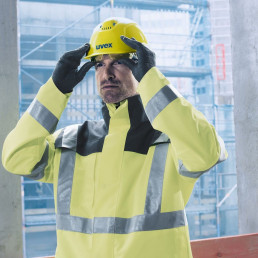
In general, the colours identify the functions of the workforce, with yellow, blue, green and orange respectively signifying membership of a particular trade: bricklayers and depot workers usually wear yellow helmets, blue helmets protect the heads of plumbers and metal workers, while carpenters and electricians most often wear green helmets. Health and safety officers are identified by their orange helmets, although these can also be worn by lumberjacks and reinforced concrete construction workers.
Visitor or architects, in general people who will not spend hours and hours at a site, usually wear white helmets, with red helmets often worn by supervisors, foremen or electricians with a management function.
Shades of protective eyewear
There is another area of PPE where colour plays a role: in the case of protective eyewear, it is not only the colour of the frame, but often the actual lens that comes in a different tint. Is there any significance attached to these tintings? What colour would be suitable for my particular workplace? What is best for me? These are all questions which anyone buying occupational protective eyewear might have asked themselves.
With the huge range of available options, it is not easy to maintain a proper overview, let alone make the right decision. The primary purpose of lens tinting is to avoid glare, to increase contrast, to eliminate mirroring and reflections and, last but not least, to ensure relaxed and concentrated vision. To give you a better idea, we recommend visiting our online lens tinting advisor. This will clarify the differences between individual tints as well as highlighting how clear lenses differ from tinted ones.
In any event, it is important to know that even protective eyewear without lens tinting will protect your eyes from UV radiation. All uvex eyewear with polycarbonate lenses affords a protection level of at least UV-400.
Is that all there is to it?
So you see: from a signalling function to information on levels of qualification, a colour can speak volumes in terms of protection in the work environment… and believe it or not, we have a great deal more to say on the subject of PPE and its colourways. In fact, so much so, that we have decided to issue two more blogs giving more detailed information on the subject. Make sure to check the blog again soon: you wouldn’t want to miss out on any exciting updates!

